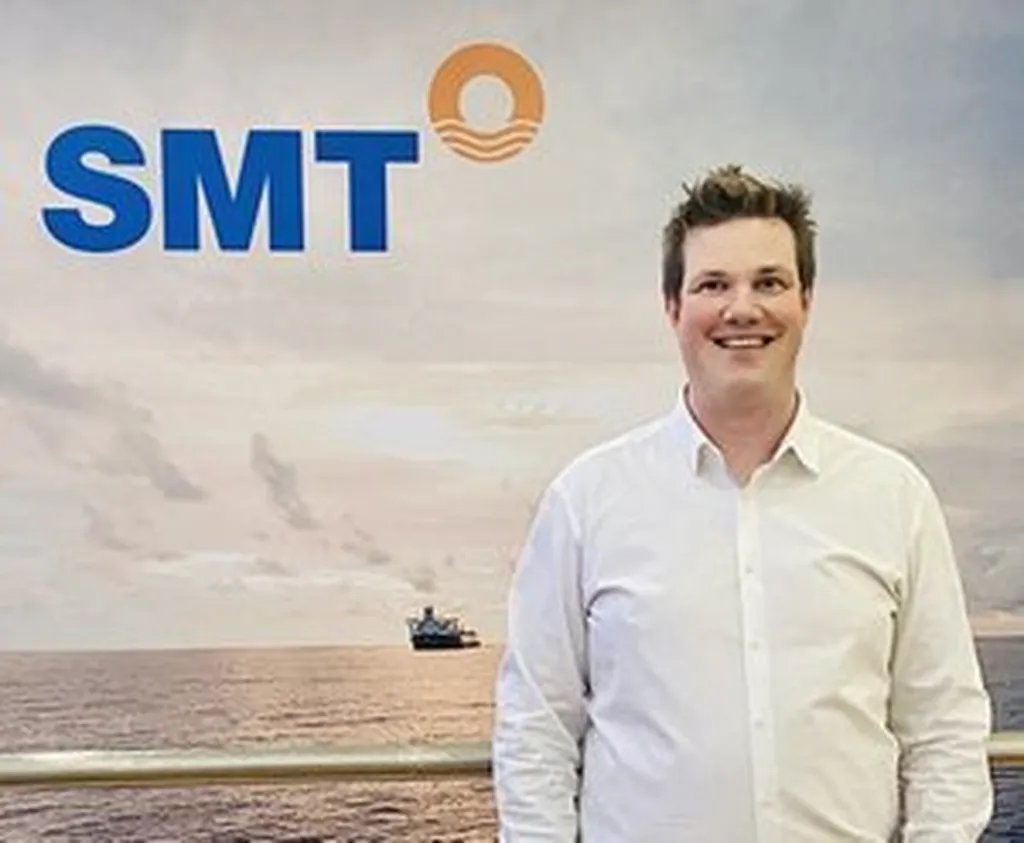The maritime industry is facing a wake-up call as electric vehicle (EV) shipments surge, exposing critical gaps in safety regulations that the International Maritime Organization (IMO) has yet to address. High-profile shipboard fires involving EVs, such as those on the Felicity Ace, Morning Midas, and the Freemantle Highway, have underscored the dangers and significant risks associated with transporting these vehicles. While lithium-ion battery fires and thermal runaway events aren’t always the initial cause, they significantly escalate onboard fires when EVs are involved. Current IMO regulations, however, don’t adequately address this risk.
The urgency is palpable. Comprehensive regulations specific to EV transport aren’t expected until at least 2028. In the interim, shipping companies are taking matters into their own hands. Many are installing specialized fire suppression systems, boosting crew training, and collaborating to share best practices. This proactive approach is crucial, as the industry grapples with the rapid evolution of EV transport.
At a recent seminar hosted by Stream Marine Technical, industry experts emphasized the need for immediate action. John Garner, Managing Director of JG Maritime Solutions and Chairman of the Interferry Regulatory Committee, highlighted the challenge: “The challenge lies in bridging the gap through proactive compliance, operational readiness, and crew competency. We’re seeing companies take the initiative, but it shouldn’t take a decade for regulations to catch up.”
Garner’s sentiment resonates with many in the industry. The gap between technological advancements and regulatory frameworks is widening, and companies are stepping up to fill the void. Stuart Reid, Marine Superintendent at Serco Northlink Ferries, shared his company’s approach: “For us, it starts at booking. We screen EVs, flag them for our teams, and invest in the right tools and training. Sharing what we learn with other operators has become standard because guidance from the top is still evolving.”
This collaborative spirit is becoming the industry’s front line of defense. Until new standards are in place, knowledge-sharing and proactive measures are essential. Panellists at the seminar emphasized that this is more than a compliance issue—it’s a shared responsibility. Craig Smith, Expert Consultant and Instructor at Stream Marine Technical, stressed the importance of training: “Training is absolutely key. Crews need to spot early signs of battery fires and use the latest suppression technology. There’s no silver bullet, but scenario-based drills and new procedures are already making a real impact.”
The message from experts is clear: stay alert, stay prepared, and help shape the future of maritime safety before the next crisis hits. With regulation lagging behind technology, the industry must take proactive steps to ensure safety and mitigate risks. The rapid rise in EV shipments is a wake-up call, and the maritime industry is responding with urgency and collaboration.

